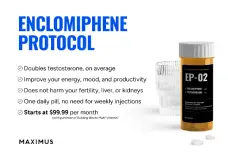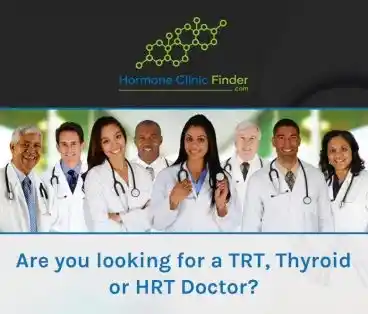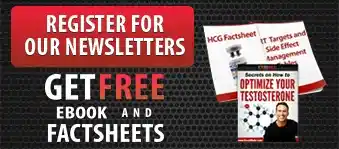I just have to post this statement by Dr. John Crisler.
Some hyper-respond to a given initial dose, others show hardly any bump in serum T levels on same. Yet when you switch to a different delivery system, on initial dosing, they may convert to supraphysiologic androgen levels. The same is true of the subjective benefits from TRT. I have patients who love testosterone gel because it successfully treated their ED (the expected outcome because of dramatically increased DHT production), others get more from IM testosterone cypionate. My experience thus far has taught me two lessons: (1) You don’t know how a patient will react to a given dose/system until you try and (2) NOTHING surprises me anymore. The question of which testosterone delivery system is to be tried first (IM or transdermal) is one which brings much confusion amongst beginning practitioners of TRT.
Even though this was written a few years back, Crisler understood some people respond to medication differently than others and this one size fits all treating numbers is not the answer. I know my doctor was surprised when he started me out at 150mg/test cyp/every 10 days and I came back with a T level of 2103 and HCT at 69.
More....
There simply is no way to predict how a particular patient will respond—not Medical History (i.e. number or severity of symptoms), body weight, baseline hormone levels, even anabolic steroid history. I have had very slight gentlemen barely elevate on 100mg of test cyp per week, and massively muscled former steroid athletes who went to nearly two times the top of “normal” range on the same dosage (they had similar baselines). Likewise, one man may see only a modest increase in DHT on 5gms of Testim/Androgel, another may become quite supraphysiologic on same.
How about this statement.....
No such thing as normal
With hormone testing Crisler says it is just as important to understand what normal range is not as it is to understand what normal range is.
They pool all men and book-end two standard deviations – so it includes all of the top two and a half percent and the bottom two and a half percent, for all men. Crisler insists that’s actually ridiculous because we are not the same. He says the problem when you apply traditional science epidemiology to numbers is that all men are not alike – everyone has their own sweet spots.
Crisler says there is a quantum nature to endocrinology. You can have numbers which are in completely normal range, but you can have all the symptoms of hypogonadism. However he has to treat the treating living, breathing human beings in front of him, not the numbers on the paper. Equally he notes about hormone testing that hormone levels are fluctuating all the time, and you really don’t know where on that roller-coaster you happen to catch the levels.
Crisler gives the example of a guy who’s naturally living at 1200, where his normal testosterone is supposed to be – and he finds himself at 600. He’s still well within normal range, but he has the symptoms of low testosterone because now he only has half the testosterone his body was meant to run on.
I am starting to wonder how some here would have responded to Dr. Crisler's advice when IMHO,
@RobRoy has pretty well be treated like he has never treated a patient and is giving almost the same advice? After sitting back and observing things for a while, I am flattered that a medical doctor would take their time to post here and share their knowledge. Especially in an industry where professional knowledge is needed so badly.















